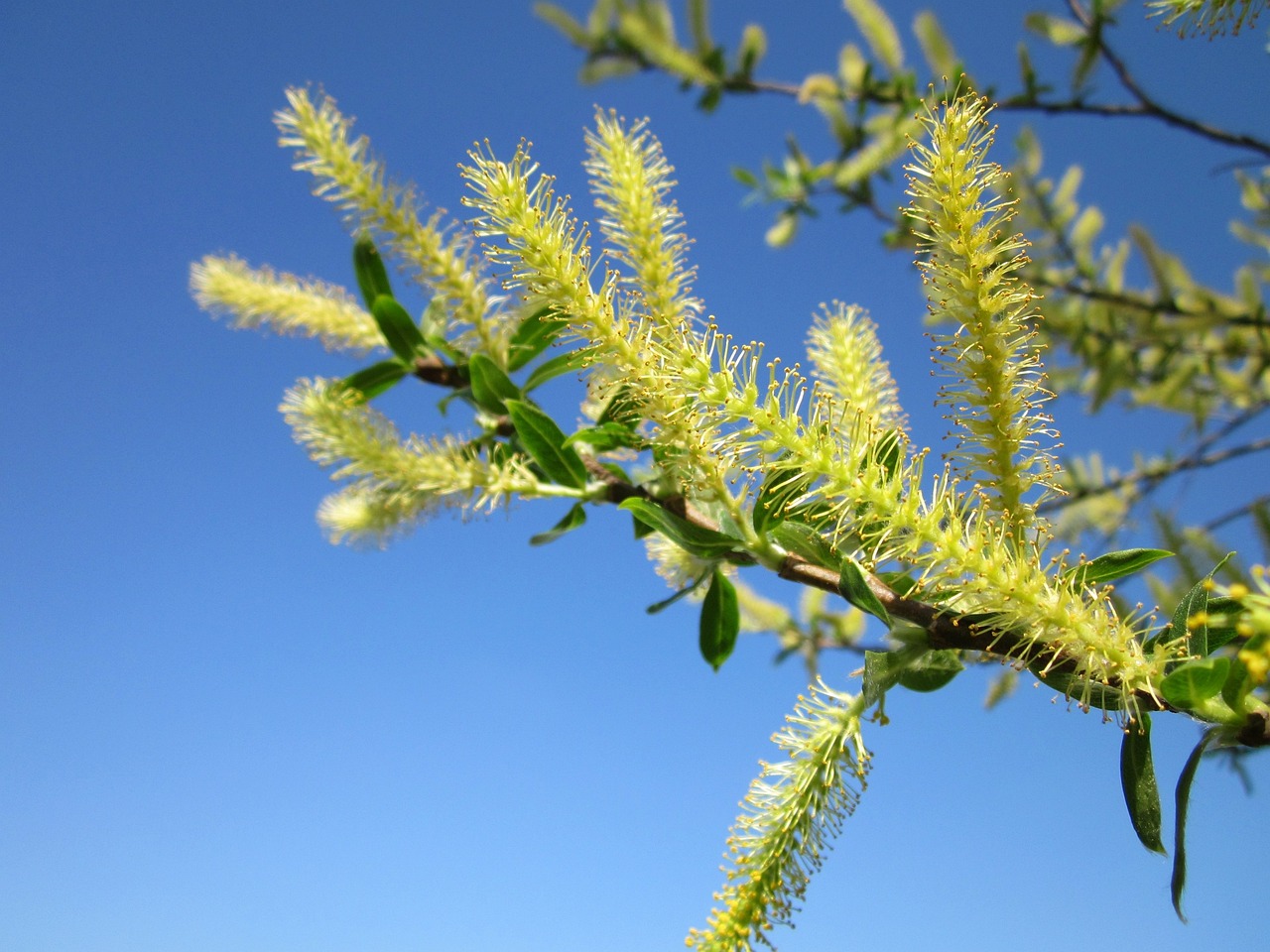White willow
A plant rich in medicinal virtues
The white willow (Salix alba, family Salicaceae) is a large, fast-growing tree,
it reaches a height of 6 to 25 meters and the trunk can have a diameter of 1 meter. It is a plant that needs moist, muddy or sandy soil, and can also remain submerged in water from time to time. It is in fact one of the most common trees along the banks of waterways.
If moved by the wind, the mane of the white willow 
Bloom 


The famous aspirin 
LIFE Programme United Nations Biodiversity
#LIFEprogramme #LIFEproject #EUpollinators #Natura2000
#Salix #willow #pollinators #bees





